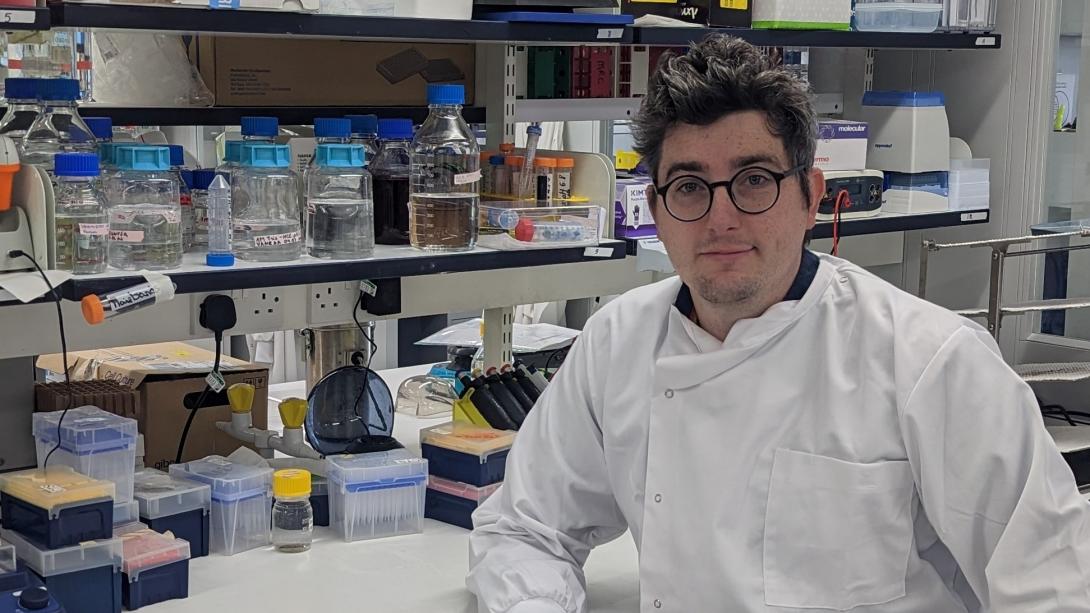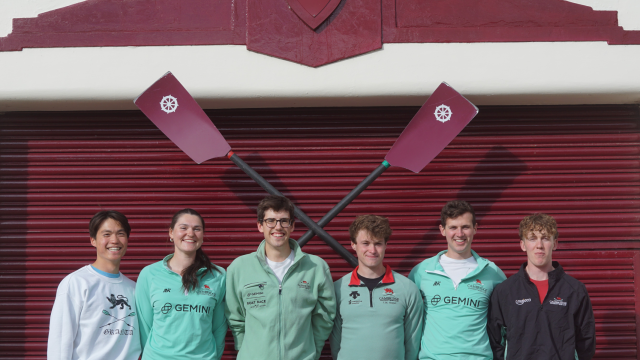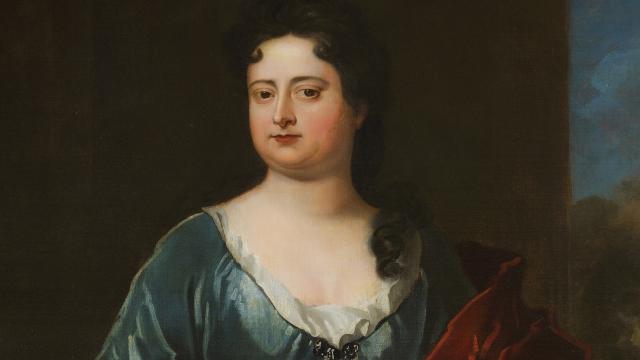
Heart and circulatory diseases are responsible for a quarter of all deaths in the UK, while heart attacks lead to a hospital admission every five minutes. A heart attack occurs when the artery which supplies blood to heart tissue itself becomes clogged. This lack of oxygen to the heart muscle tissue causes damage, but even more serious damage occurs when that artery is re-opened after the heart attack – an event known as reperfusion injury.
Alumnus Dr Glenn Masson (2011, Biology) began researching the role of enzymes after heart attacks while he was a Junior Research Fellow at St Catharine's (2015–18), working with the group of Dr Roger Williams FRS at the MRC Laboratory of Molecular Biology in Cambridge. Glenn was interested in how enzymes become activated, including the enzyme PI3Kalpha, which can drive cancer cell growth when activated. Together with the group of Professor Bart Vanhaesebroeck, University College London, and AstraZeneca, they hypothesised that selectively activating PI3Kalpha in heart tissue after a heart attack may prevent reperfusion injury.
With researchers at AstraZeneca, Dr Masson screened many thousands of compounds to see if they could find one which caused PI3Kalpha to become activated. Dr Masson then used cutting-edge mass spectrometry techniques, called Hydrogen-Deuterium Exchange Mass Spectrometry (HDX-MS) to see how the compound bound to PI3Kalpha, and how it was capable of activating the enzyme. Alongside collaborators at UCL, the group eventually identified UCL-TRO-1938, which has subsequently been shown to work exactly as they had hoped. Their research was published yesterday in Nature.
Dr Masson, who has subsequently moved to start his own research group at the School of Medicine at the University of Dundee, said:
“It is fairly unusual for drugs to work by activating this class of enzymes rather than inactivating them, and this meant we had to employ some cutting-edge techniques to understand how they were activating PI3Kalpha.
“We wanted to see if we could take some of the pro-growth mutations we found in cancer cells, and apply them to situations where they could be beneficial. We knew how these mutations worked structurally by using the HDX-MS, but not whether we could create a drug that would safely allow for the recovery of cells, but not induce cancer. This was a highly risky strategy and the freedom of the Junior Research Fellowship (JRF) gave me the chance to pursue this highly novel area of research. The JRF at St Catharine's was instrumental to these advances and provided me with an avenue to pursue my own research in Dundee.
“These drugs are pre-clinical but they are a first step to targeting heart disease and heart attacks in an entirely novel way. Furthermore, these drugs have shown the potential to work in other areas of disease where we may want to promote growth – for example if a nerve is damaged. The techniques used in this study to screen drugs and figure out how they work are widely applicable to other pipelines and may allow for new routes to creating pharmaceuticals.”
Reference
Gong, G.Q., Bilanges, B., Allsop, B. et al. A small-molecule PI3Kα activator for cardioprotection and neuroregeneration. Nature (2023). https://doi.org/10.1038/s41586-023-05972-2






